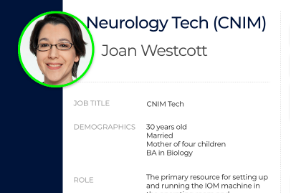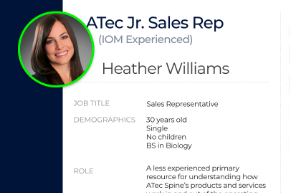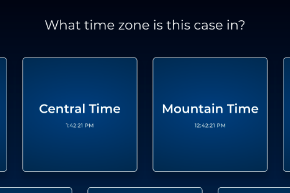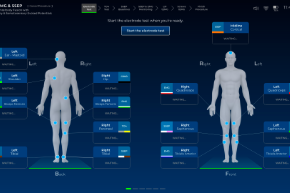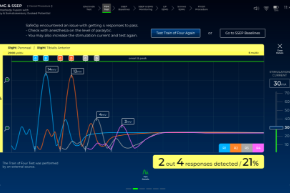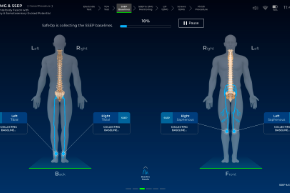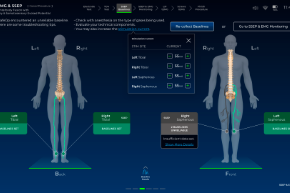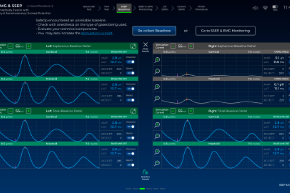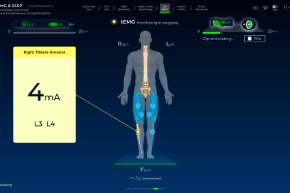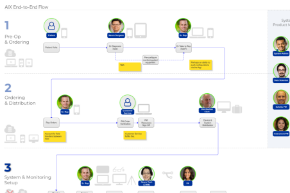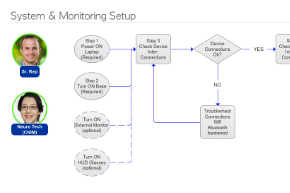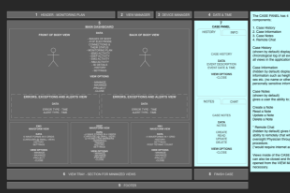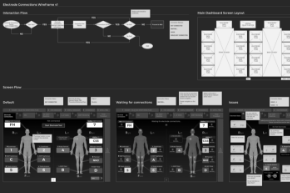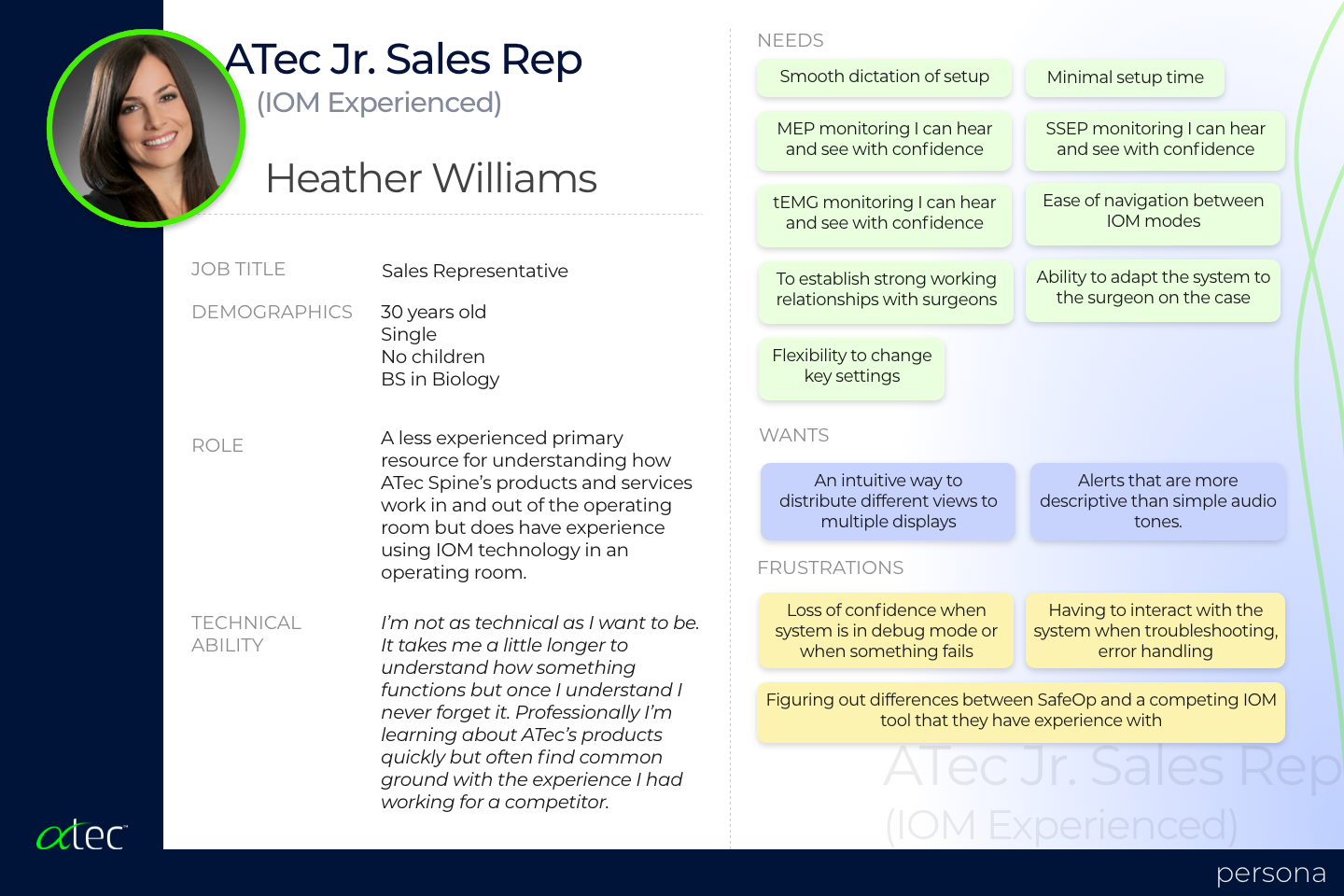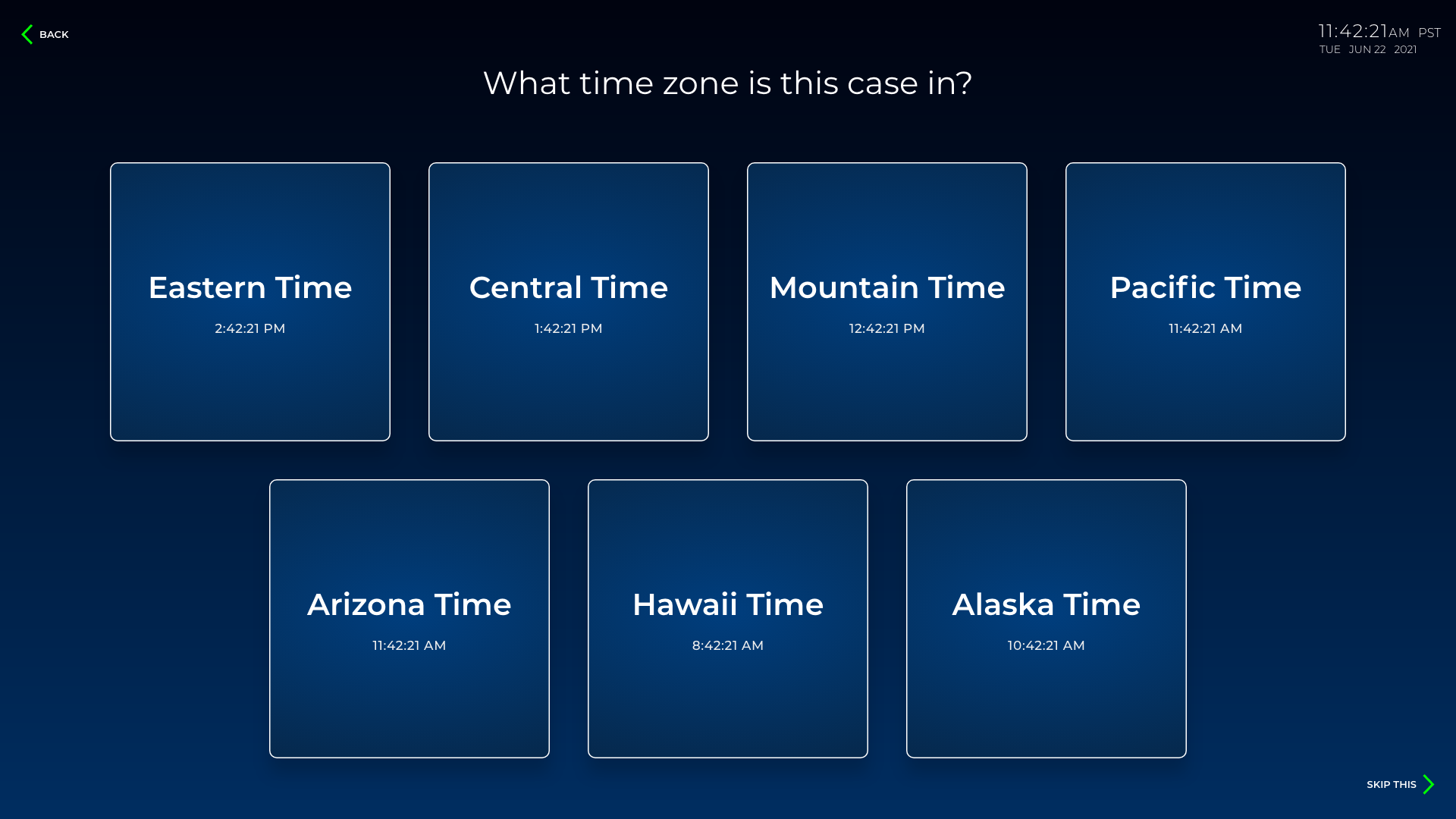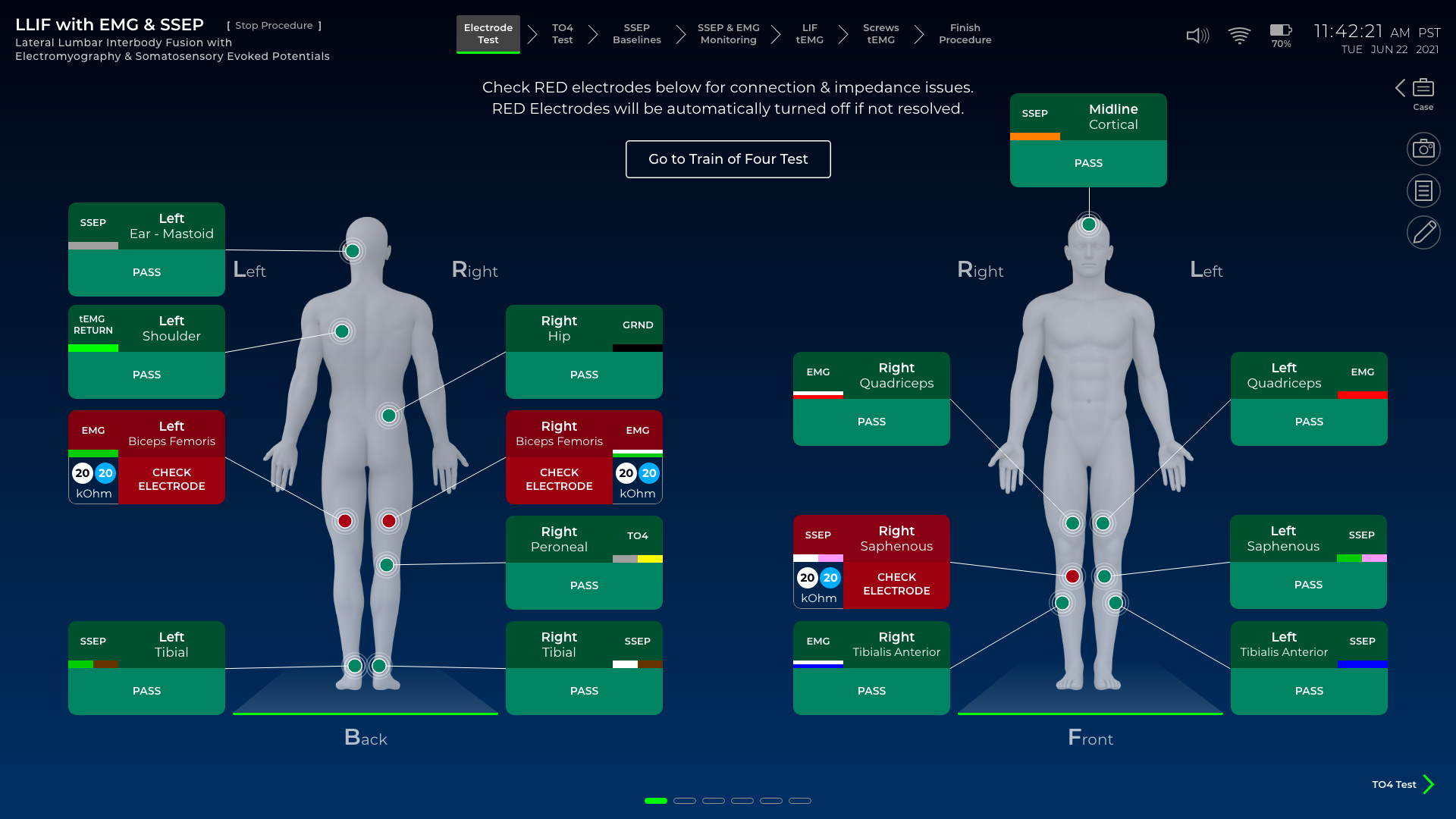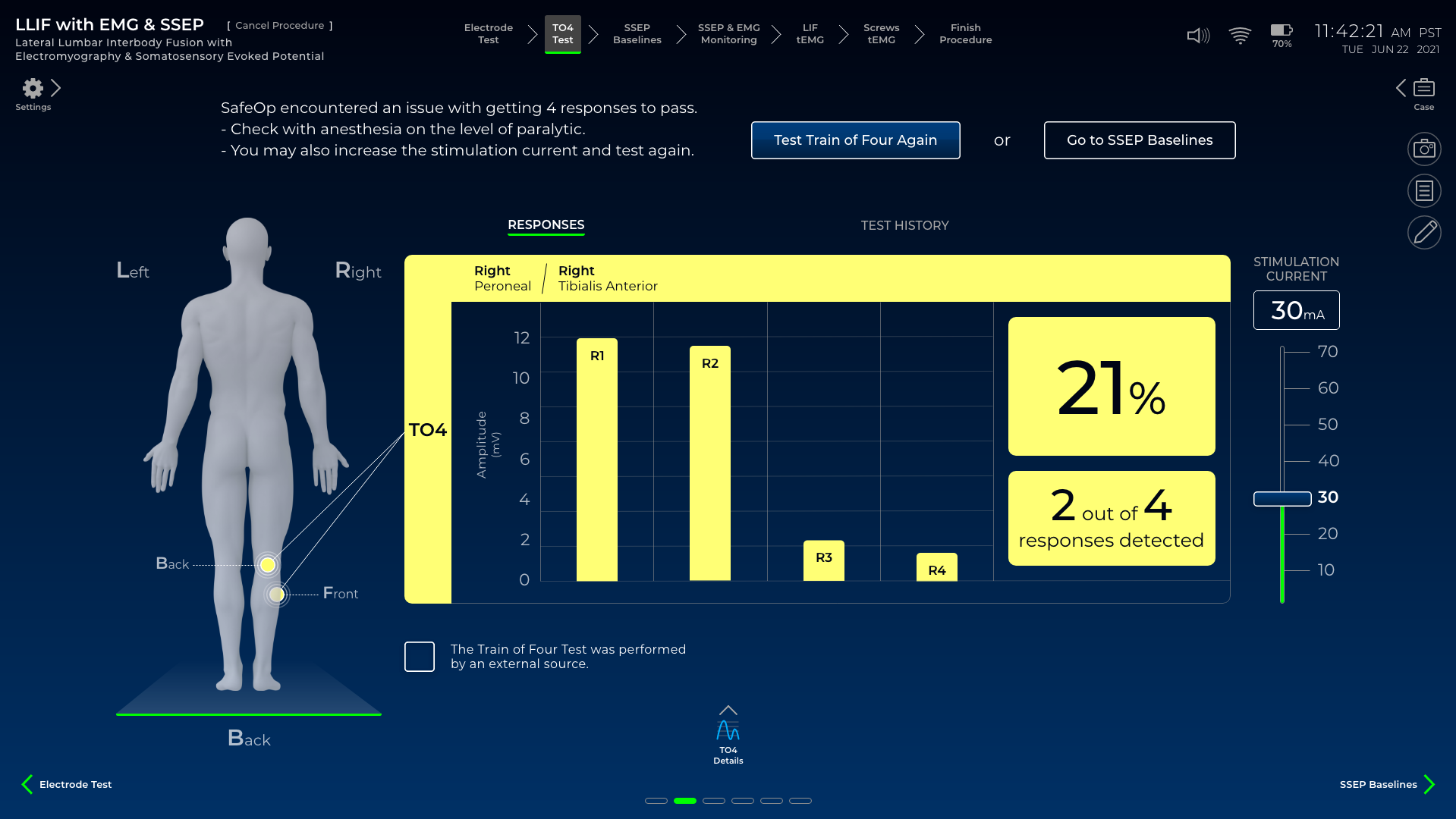
Who?
AlphaTec Spine wanted a complete redesign of its SafeOp nerve monitoring product from the ground up. The product they had required a signicant amount of technical expertise to operate during a surgical procedure.
An important goal of the redesign was to simplify the experience to allow ATec Sales Representatives to use it with minimal oversight. All clinical surgery staff had to be able to view and easily understand what SafeOp was displaying.
While it was an important goal that all staff understand the interface it was also still important for the product to easily switch from simple to more complex views when monitoring a patient's nerves.
5 users were identified and a persona was created for each user in order to better understand their potential needs and wants.
5 users
- Neurological Surgeon
- Orthopedic Surgeon
- Neurological Technician (CNIM)
- ATec Senior Sales Representative
- ATec Junior Sales Representative
What?
9 epics were created for the SafeOp Redesign Project.
The epics required further break down into mulitple user stories that would tie back to each user or group of users. The needs and wants of those users were carefully considered while creating acceptance criteria for each story.
9 epics
- Application Core Functions
- Procedure & Monitoring Selection
- Electrode Test
- Train of Four (TO4) Test
- SSEP Nerve Monitoring
- EMG Nerve Monitoring
- Triggered EMG Nerve Monitoring
- Case Notes
- Reports
How?
4 methods were employed to establish a rhythm for the project and ensure AlphaTec Spine's desired epics would be completed.
To better understand current and prospective new users of the product I ran multiple persona development workshops with various groups of actual users like Surgeons and Neuro Technicians as well as groups of various ATec employees such as Sales, Marketing and Engineering.
A heuristic evaluation of the existing product was performed to identify specific usability pain points that would need to be addressed in the redesign.
A field study was performed during a simulated clinical procedure where the old product was used on a cadaver.
Participatory design was employed across various groups of users and internal groups to harvest new ideas in areas of the application that were frequently called out as "difficult to use".
4 methods
- Persona workshops from multiple perspectives on needs, wants and frustrations
- Heuristic evaluation of existing product
- Clinical field study of existing product
- Iterative participatory design process
- Creation and prioritization of backlog user stories
5 deliverables
- User personas
- Iterative wireframes
- Iterative conceptual prototypes
- Backlog of user stories and complimentary design specs
- Design Kit
1 application
- Medical grade tablet running Windows 10 application






